|
Experiential learning resources for the innovative educator
Student-led project-based learning doesn’t have to be difficult, expensive, challenging, or time-consuming to set up. Self-directed PBL is, however, a very unique learning experience, and the classroom or homeschool should be set up in a way that is conducive to self-direction and the distinct elements of project-based learning. There are not specific classroom project-based learning materials required for student-led PBL, but I do have some suggestions for general supplies that do nurture these experiences. Let’s dive in. This page contains affiliate links. If you purchase a product through one of them I will receive a small commission (at no cost to you). I only endorse products that I have personally used and love. Self-directed project-based learning is a unique style of learning that is personalized, authentic, real-world, and innovative. Students design their own PBLs, form community partnerships, build innovative final products that impact the community and share what they’ve learned or gained with others. Each of these PBL elements or actions is what makes student-led PBL special, and those unique attributes need to be considered when getting your project-based learning space set up or in order. What are some classroom project-based learning materials that are helpful for student-led PBL? As I said earlier, there aren’t any required PBL materials or supplies. I have, however, accumulated some materials in my classroom project-based learning space over the years that encourage authentic, collaborative, and innovative student-led PBLs and would love to share those PBL materials with you. Before moving on, I want to tell you about my new free PBL course! This short online, self-paced class tells you how to get your ducks in a row for self-directed project-based learning. One of the videos is all about how to set up your classroom! Browse the list of suggested classroom project-based learning materials below. Do not feel obligated to have all of these materials or supplies on hand right this minute. Pick and choose what is realistic for you and your students and start implementing or gathering a few of these supplies at a time. If a specific material isn’t working to promote or nurture powerful student-led PBLs, get rid of it or adapt it in a way that works for your unique student population. After all, student-led project-based learning is personalized. What works for you and your students may not for others, and that is okay. You can go through a little trial and error with classroom project-based learning materials. Simply use the following PBL material suggestions as inspiration. Suggestions for Classroom Project Based Learning MaterialsPBL Materials for Collaboration Project-based learning is highly collaborative. Self-directed learners design PBLs with collaboration, partnerships, and community-building in mind. Students might collaborate with classmates, the school community, the local community, or even the global community. For example, my students are required to utilize at least one community expert for every self-directed PBL. They might connect with and use a local expert as a source of information, as a mentor, as a resource, or as a supplier of materials. There are specific materials that I find helpful to have in my classroom that encourage community collaboration in this way.
PBL Materials for Staying Organized Self-directed project-based learning can be challenging for students, especially PBL beginners. Traditional teaching methods don’t often ask students to manage their own learning experiences other than turning in assignments on time. I’ve developed systems and routines for students over the years that help keep students on track and organized, and some of those routines require specific materials.
PBL Materials to Encourage Innovation The project-based learning methodology is designed to be innovative. If it wasn’t innovative the experiences would just be regular projects. The idea is for students to create final products that are not only interesting but solve a problem or impact the community in some way. It is difficult to do that with a standard copy-and-paste poster board. I like to have classroom project-based learning materials that inspire creativity, problem-solving, and innovation.
PBL Materials for Feedback An essential step in student-led project-based learning is getting feedback. Because students are independently working on PBLs, they need regular and consistent feedback to ensure that they are on track and moving the needle. My students get feedback in a variety of ways and at several points in the PBL process. They get feedback from me, both casually and formally, and participate in a variety of peer feedback sessions. There are a few materials that I like to use as props and tools for gathering, giving, and receiving project feedback.
PBL Research Materials Many would include “sustained inquiry” in the definition of project-based learning. Students are not handed information or answers as you might with a lecture, for example. Students develop a driving question that frames the entire experience. They inquire using a variety of real-world and authentic resources. I like to have materials available to students that push them to observe, ask questions, and identify where they might find credible answers to those questions rather than come straight to me for answers. The reality is that I don’t know the answers to most of their questions, but I DO know how to find answers, how to locate information, and how to learn. Students can also build those skills, and project-based learning is a GREAT teacher in that way. Here are a few suggestions for PBL materials that help students ask good questions and find diverse sources of information.
Again, these items are only suggestions, many of which can be tweaked or adapted. Hopefully what was gained from reading this list is some inspiration for your own classroom project-based learning materials. What is one classroom project-based learning material, supply, or piece of equipment that you love to have available to your students? Tell us in the comments! Helpful Resources from Experiential Learning Depot: Project-Based Learning Courses: Related Blog Posts: Join our experiential learning Facebook group!
Did you know there is an experiential learning Facebook group? Check that out - Experiential Learning Community for K12 Teachers - and join in the discussion about experiential learning ideas! Find us on social media! Follow Experiential Learning Depot on Pinterest, Facebook, Youtube, and Instagram for more on experiential education, and check out my shop for experiential learning resources. Observe. Question. Explore. Share.
0 Comments
Your comment will be posted after it is approved.
Leave a Reply. |
Blog IntentTo provide innovative educational resources for educators, parents, and students, that go beyond lecture and worksheets. AuthorSara Segar, experiential life-science educator and advisor, curriculum writer, and mother of two. Categories
All
|
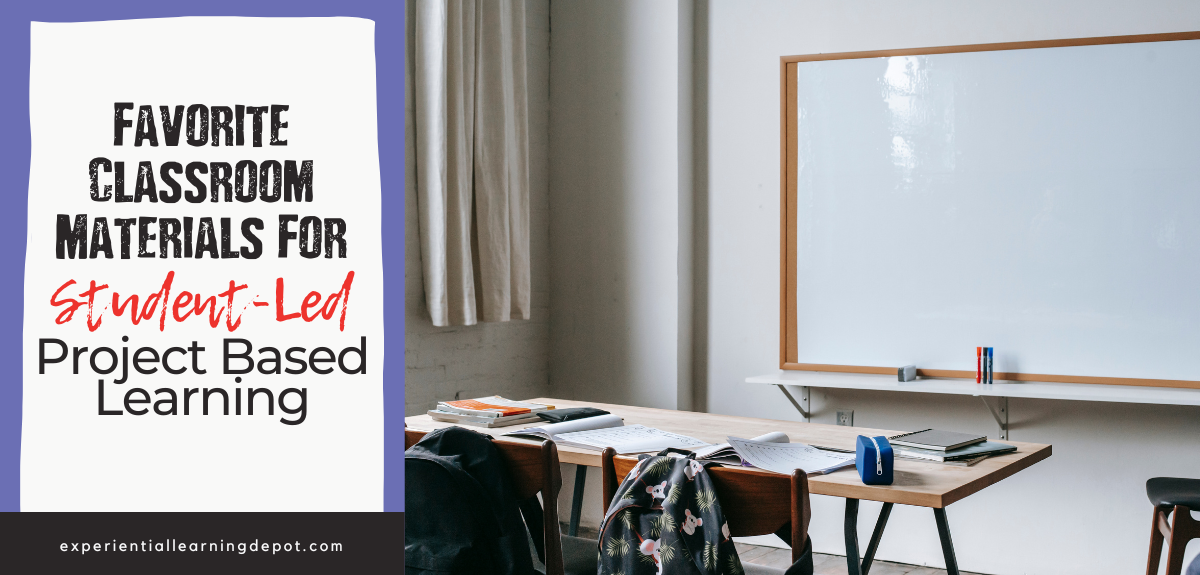
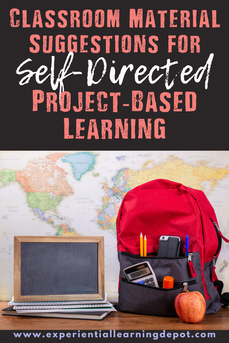
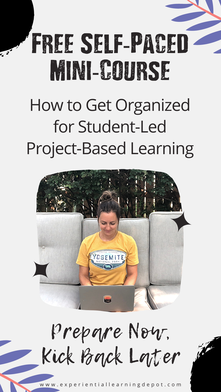
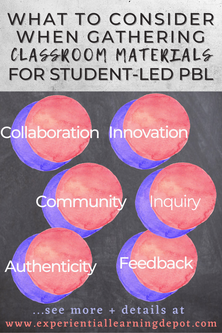

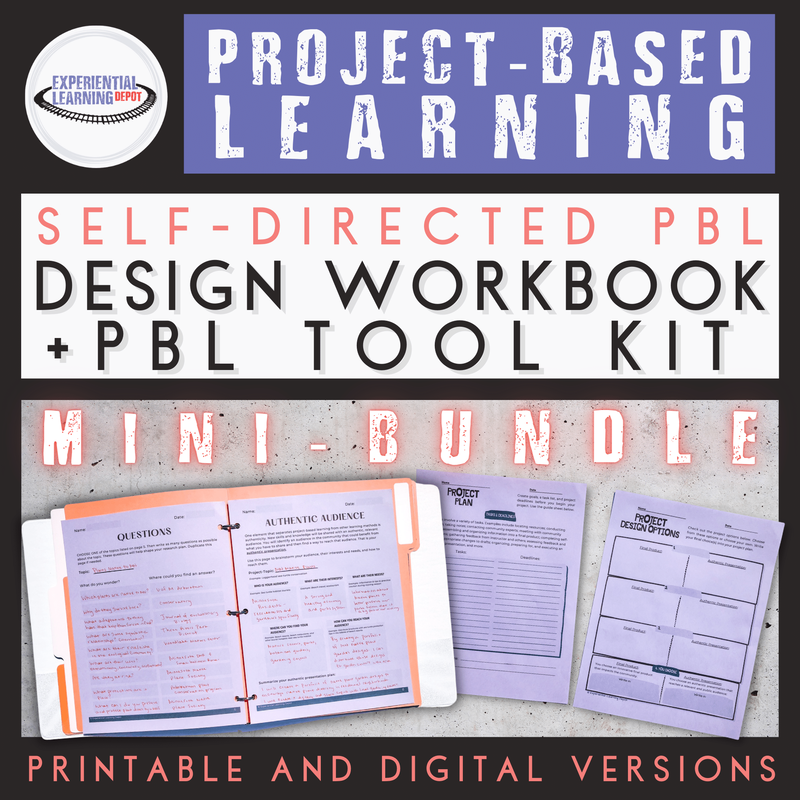
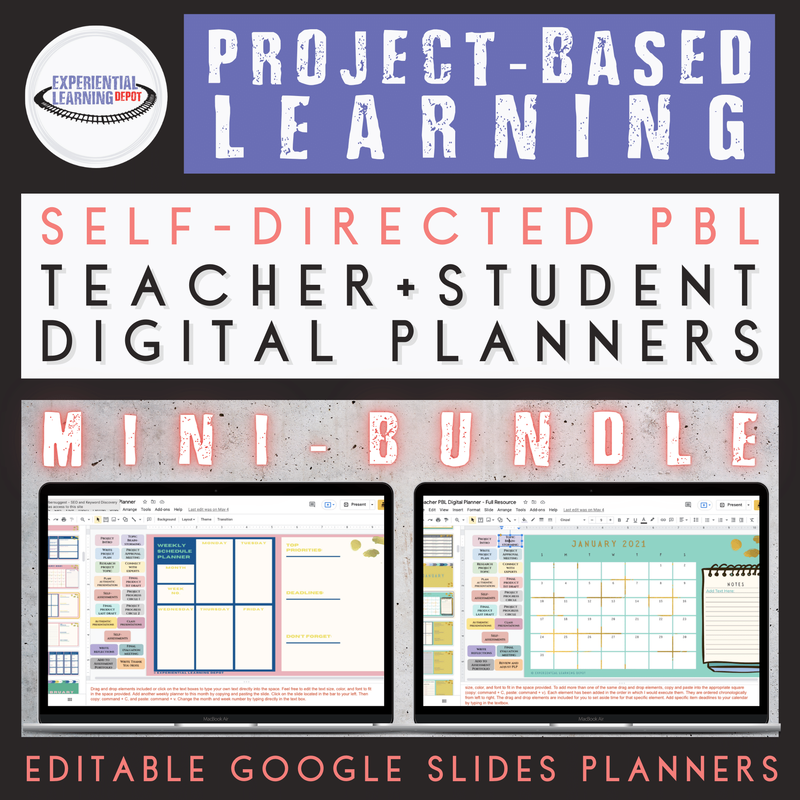
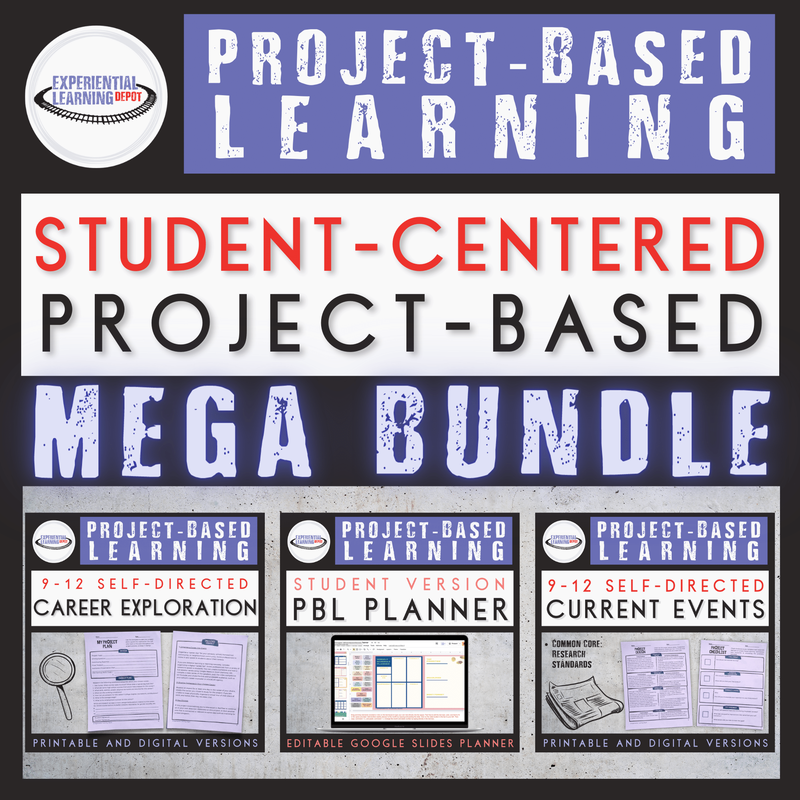



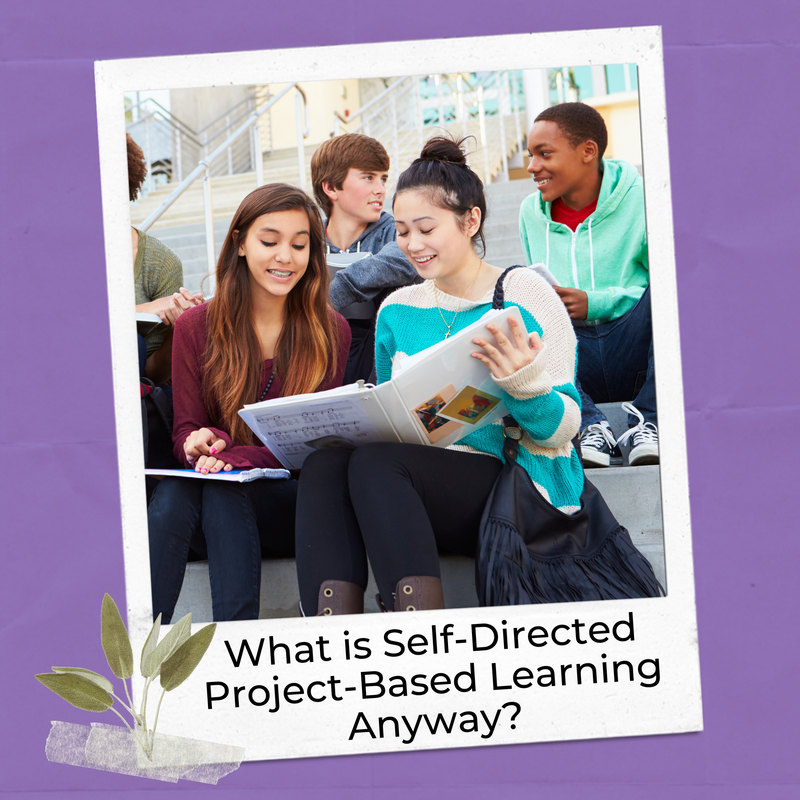
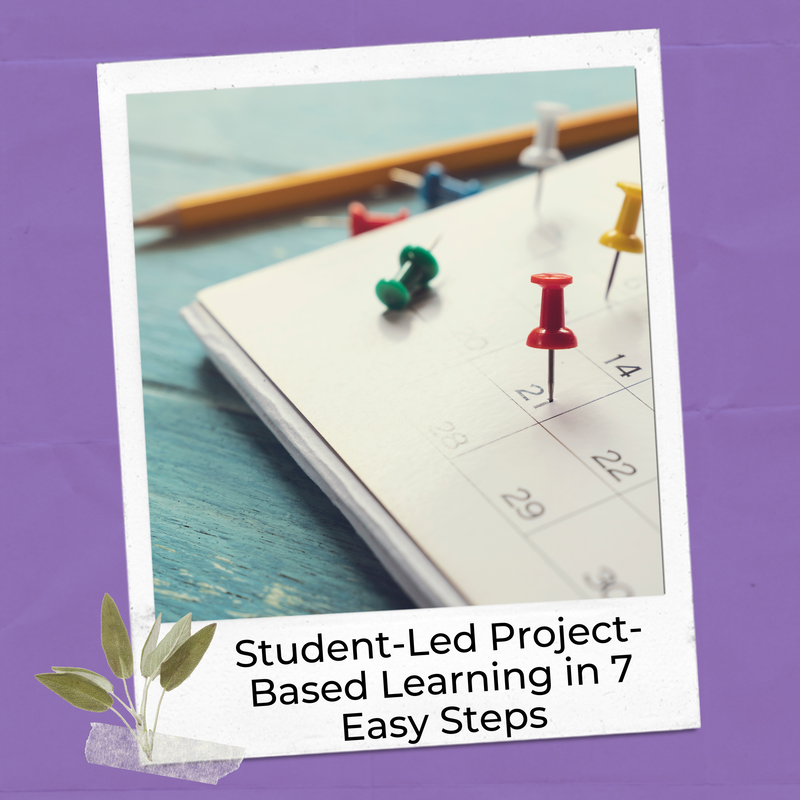
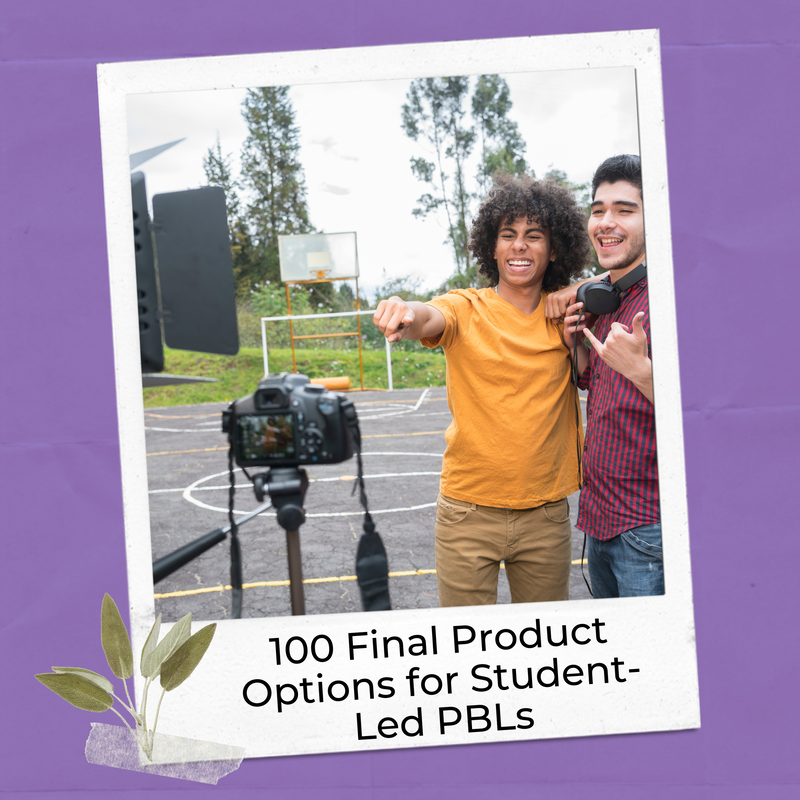
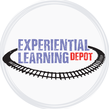

 RSS Feed
RSS Feed